Stock Market Math: The Essential Formulas for Selecting and Managing Stock and Risk
$19.57
| Author(s) | |
|---|---|
| Format |
|
| Pages |
259 |
| Publication Year |
2017 |
Stock Market Math shows you how to calculate return, leverage, risk, fundamental and technical analysis problems, price, volume, momentum and moving averages, including over 125 formulas and Excel programs for each, enabling readers to simply plug formulas into a spread sheet. This book is the definitive reference for all investors and traders.
Introduction:
This book is designed for a spectrum of investors, from novices to seasoned professionals. Its purpose is to summarize in a single text the limited number of calculations everyone needs to be a better-informed investor. This involves three broad areas where calculations need to be made. First is the basic investment calculation involving your portfolio, the computation of yield and return you need to make in order to judge your success. Because you hold investments for varying amounts of time, it is essential to develop a method of uniformity, so that your calculations are truly comparable and consistent.
Second is the range of calculations used by corporations in computing their profitability, cash flow, and use of capital. As an investor, you need to understand these calculations so that you will be able to track corporate reporting and outcome of operations. Third is a broad range of stock analysis which is the means for picking one company over another. This occurs in two separate ways: fundamental analysis and technical analysis. The fundamentals are the financial reports and the study of them, and technical analysis involves a study of a stock’s price trends.
This book is set up to break down the many calculations every investor needs into logical chapters, and to present this information in context. Most people will agree that investment success is more likely to occur when your information is sound. Not only do you need solid information to know when or if to buy or sell; you also need to utilize intelligent formulas and tests in order to make informed judgments.
Contents:
- Rates of Return on Investment: What Goes In, What Comes Out
- Returns on Capital: Putting Cash to Work
- Leverage and Risk Analysis: Maximizing Other People’s Money
- Long-Term Trends: Patience Rewarded
- Core Earnings and Net Worth Adjustments: Making the Numbers Real
- Fundamentals: Balance Sheet Tests You Need to Know
- Fundamentals: Operating Statement Tests You Need to Know
- Market Trend Calculations
- Price Indicators
- Volume Indicators
- Momentum Oscillators and Moving Averages
- Combined Testing: Merging Price and Financial Tests
Stock Market Math: The Essential Formulas for Selecting and Managing Stock and Risk By Michael C. Thomsett pdf
6 reviews for Stock Market Math: The Essential Formulas for Selecting and Managing Stock and Risk
Clear filtersOnly logged in customers who have purchased this product may leave a review.

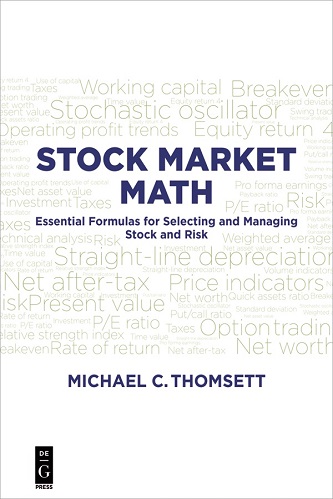
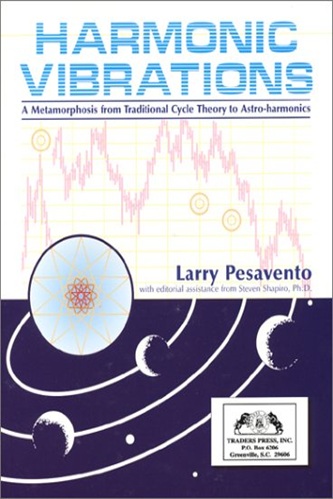
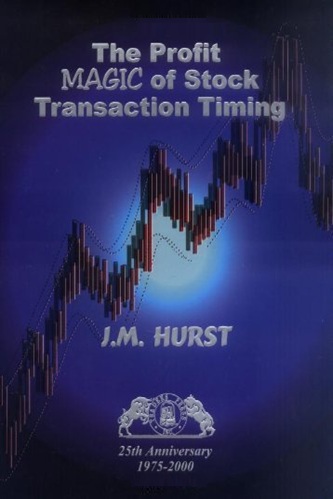
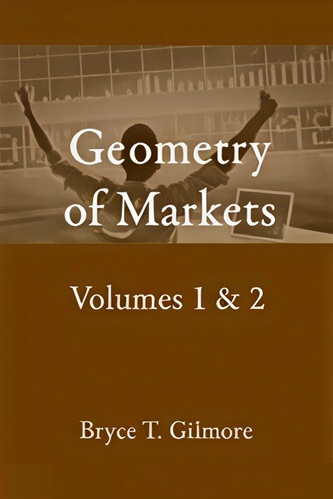
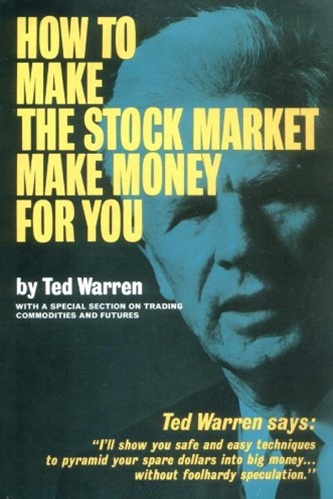



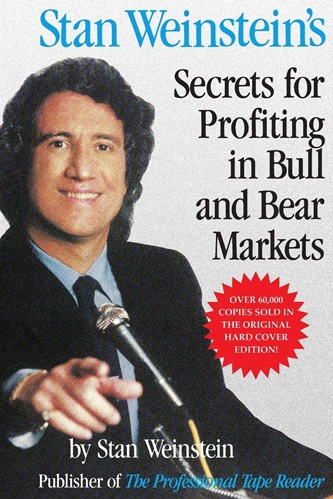
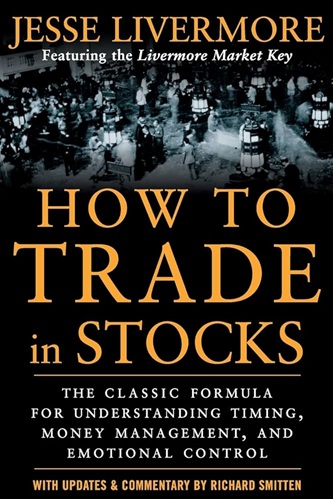
Cesar Campbell (verified owner) –
simple, practical and actionable advice for anyone seeking to understand how the stock market works while limiting downside risk. An essential encyclopedia of market knowledge presented with simplicity. A “must read” reference for anyone interested in the stock market.
Maxwell Blevins (verified owner) –
I am thankful Michael Thomsett was able to bring clarity and context to investment performance measurement. It’s a foreign language to so many but vital to our ability to save and retire. A great read for anyone interested in the markets.
Rex Rivers (verified owner) –
From unnecessary use of the Excel SUM() function to obfuscation of the definitions of parameters and metrics, this is the worst book on the stock market I’ve found, and I have about 10. The basic premise of the book is good: using simple (middle-school level) formulas to define and explain stock market parameters and metrics. The main problem, SUM() function aside, is in the definitions. For example, the book confuses money borrowed in a margin purchase with money gained when the stock is sold. It’s as though money borrowed is profit for the investor.
Other notions presented are objectionable. On example is keeping a stock until its value drops below some trigger point: an approach that guarantees buying high and selling low. I could go on, but there’s this much wrong in the first 10 pages.
There is a need for a book like this that is done well. Stock analysts and publications love to sling jargon, much of which is non-intuitive. I hope someone will write a book that thoroughly and comprehensively sorts-out and explains the jargon. As it is, we find ourselves learning by a randomized process of osmosis. BTW, I highly recommend the latest edition of The Intelligent Investor, which is Warren Buffet’s choice as the best book ever written on the subject. Now if only the next edition of that book would include a glossary with formulas….
Aila Valdez (verified owner) –
Excel formulas are provided. Wish it also included the mathematical formulas.
Kyler Hanson (verified owner) –
Good book. Helps understand Stock market. Very interesting with examples in Excel.
Kiana Graves (verified owner) –
A Highly informative and fascinating book. I really enjoy reading this book since I have a respect for mathematics. I’m not great at math, but I enjoy the financial markets and I really value learning the conceptual behind calculating prices, valuations, understanding your portfolio at a deeper level and more. I’m really amazed how Mr. Thomsett is so well knowledgeable in all things finance and knows how to use that knowledge in an applied way.